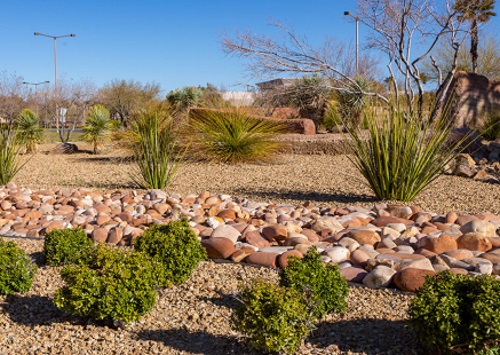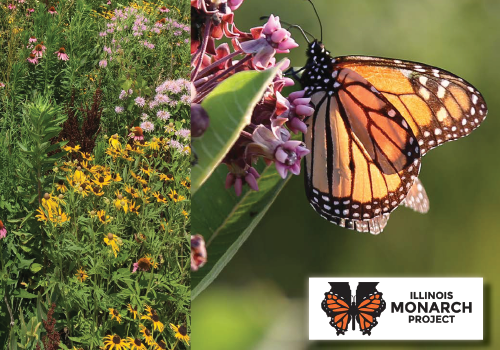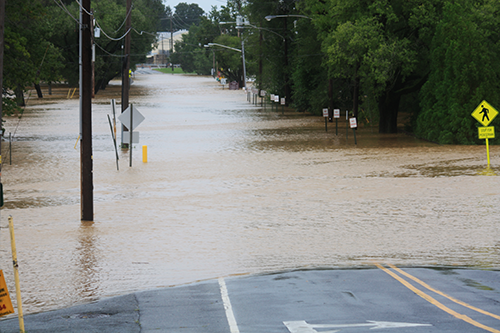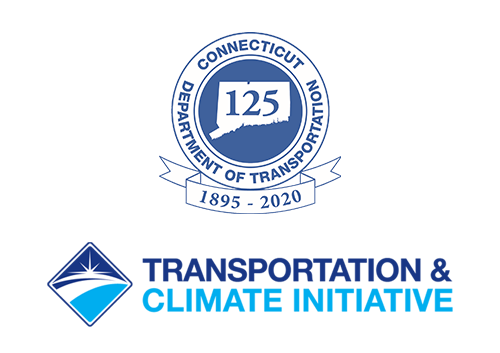FEDERAL ACTION
House T&I Committee Unveils $547B Surface Transportation Bill – AASHTO Journal
Proposed House Surface Transportation Bill Provides Step Toward Reauthorization – AASHTO
USDOT Seeks Transportation Equity Assessment Input – AASHTO Journal
How both Democrats and Republicans alike traded away their principles for bipartisanship in the Senate’s transportation proposal – Transportation for America (Blog)
COVID-19
KYTC Focused on Infrastructure Work as Pandemic Recedes – AASHTO Journal
Buttigieg defends mask mandates on public transportation as a matter of ‘safety’ and ‘respect’ – Business Insider
NEPA
Death by a thousand cuts”: How Congress continues to whittle away at a critical environmental policy – Grist
INFRASTRUCTURE RESILIENCE AND SUSTAINABILITY
Wyoming’s infrastructure wishlist – WyoFile
Can Removing Highways Fix America’s Cities? – New York Times
Utah’s ‘road usage charge’ gives a road map for future tax on green drivers – Deseret News
State looks to build on Kern’s success employing homeless people in highway cleanup work – Bakersfield American
As storms become more frequent and volatile, some ports plan for the risk – but most do not – Supply Chain Dive
How Boeing and Alaska Airlines are Tackling Sustainability in Aviation – Environment + Energy Leader
AIR QUALITY
U.S. cities hire specialists to counter climate change as impacts worsen – Reuters
Democrats Punt on Carbon Caps as Republicans Claim Victory on Taxes – Connecticut Examiner
Wildfires Are Getting Worse, So Why Is the U.S. Still Building Homes With Wood? – Time
Google Street View data pinpoints Copenhagen’s traffic pollution hotspots – Cities Today
As electric vehicle sales surge, discussions are now turning to noise and safety – CNBC
ENVIRONMENTAL JUSTICE
End Of The Road? A highway expansion project in Houston is the site of a battle over environmental justice – The Architect’s Newspaper
NATURAL RESOURCES
Biden administration suspends oil and gas leases in Alaska’s Arctic National Wildlife Refuge – Anchorage Daily News
Why we should look to nature for climate crisis solutions – Canada’s National Observer
Transportation crews to set Asian giant hornet traps – AP
Old farmland evolves into wetlands forest project near Frankford – Coastal Point
HEALTH AND HUMAN ENVIRONMENT/ACTIVE TRANSPORTATION
Fort Worth bike rentals are booming, and electric ebikes are providing the jolt – Fort Worth Star-Telegram
Hartford’s LINK Scooters top over 17,000 rides within first month since its introduction to the capital city – Hartford Courant
Amazon’s Cost Saving Routing Algorithm Makes Drivers Walk Into Traffic – Vice
New trail segment will complete 5-mile pedestrian and bicycle loop in south Fayetteville – Fayetteville Flyer
E-Scooter Proposal Raises Liability Concerns in Iowa City – Government Technology
“Bicycles are making our cities better, but what about our suburbs?” – Dezeen (Commentary)
TRB RESOURCES/ANNOUNCEMENTS
TRB Webinar: Deploying Connected and Automated Infrastructure – TRB
Multiple Modes of Transportation, Shared Rides Are the Future of Mobility – Northwestern University (Video)
FEDERAL REGISTER NOTICES
Notice of Intent To Prepare an Environmental Impact Statement, Port Authority Bus Terminal Replacement Project, City of New York, New York County, New York – FTA (Notice of intent to prepare an Environmental Impact Statement)
Notice of Intention To Reconsider and Revise the Clean Water Act Section 401 Certification Rule – EPA (Notice of intent)
Proposed Consent Decree, Clean Air Act Citizen Suit – EPA (Notice of proposed consent decree; request for public comment)
Delegation of Authority to the Commonwealth of Virginia To Implement and Enforce Additional or Revised National Emission Standards for Hazardous Air Pollutants and New Source Performance Standards – EPA (Notice of delegation of authority)




